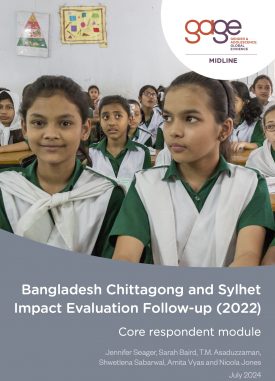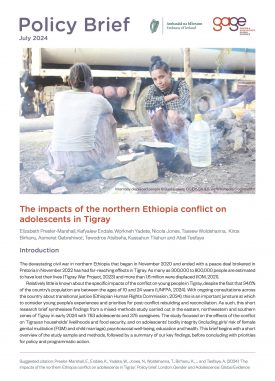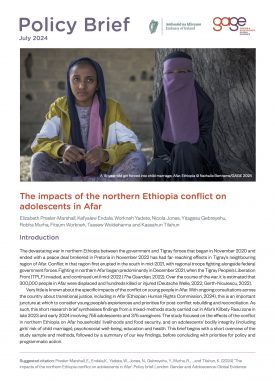Gender-inequitable norms of masculinity are widely recognised to sustain the disempowerment of women and girls, underpinning inequalities in gender-based access to economic opportunities and decision-making power, as well as harmful practices such as gender-based violence. Dominant forms of masculinity also undermine boys and men’s wellbeing, with particular harm to their physical and psychosocial health.
A growing number of programmes work with adolescent boys and young men to promote gender-equitable masculinities, largely through face-to-face gender awareness education that seeks to challenge current norms, attitudes and patterns of behaviour and to provide a context in which boys and young men can develop more equitable attitudes.
Most studies to date have considered boys and men together. Reflecting the transformative potential of intervention in adolescence, this rigorous review brings together evidence of the impacts, challenges and potential of programmes that work with young and older adolescent boys. It draws on a review of 34 programmes in 22 low- and middle-income countries. Around half the programmes work in urban and half in rural areas, and most explicitly target poor and marginalised communities.
Suggested citation
Marcus, R. (2018) Programming to promote gender-equitable masculinities among adolescent boys: key findings from a rigorous review. London: Gender and Adolescence: Global Evidence.


